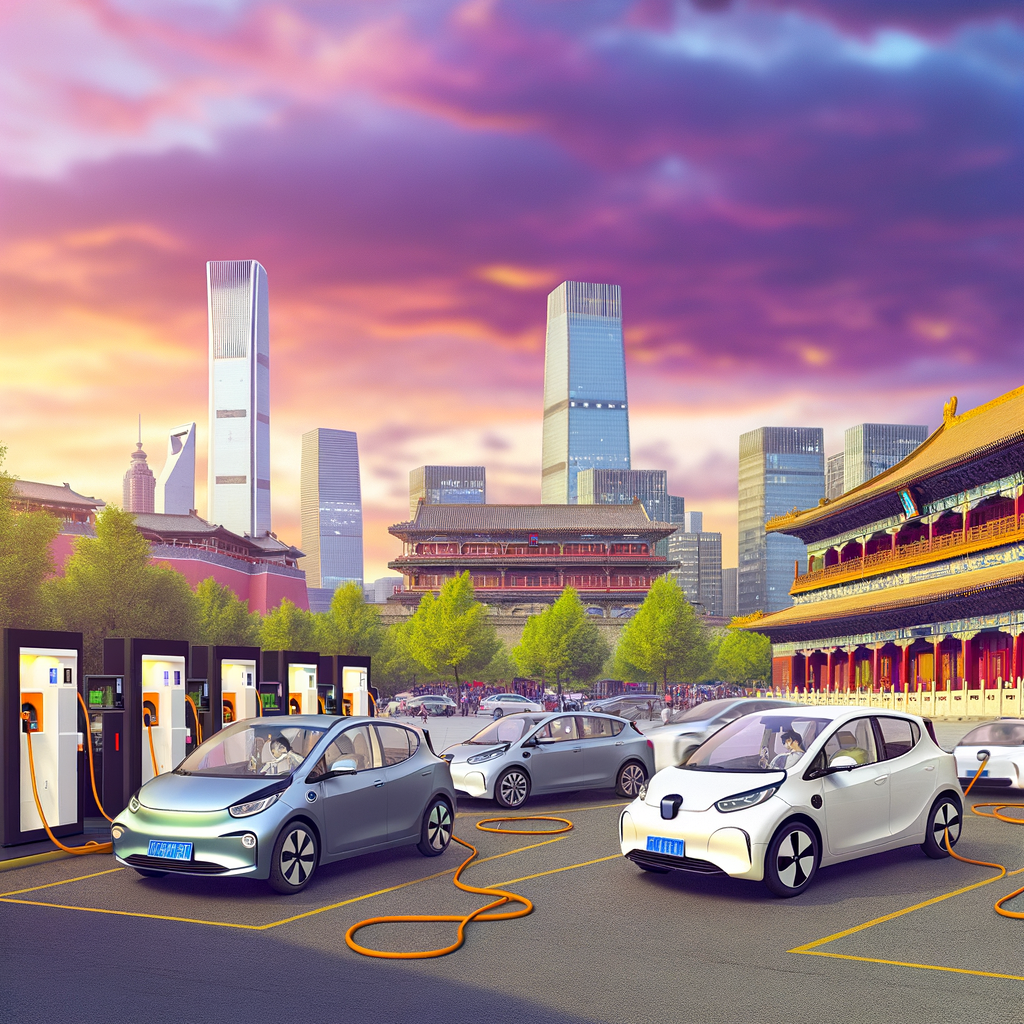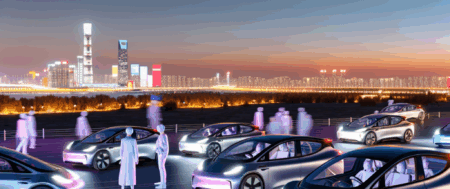China holds the title of the top and largest automotive market globally, with a significant surge in demand for Electric Vehicles (EVs) and New Energy Vehicles (NEVs) driven by a growing economy, urbanization, an expanding middle class, environmental concerns, and robust government incentives. This shift towards sustainable automotive technologies positions China as a leader in the sector. To navigate the complex regulatory landscape, foreign automakers are forming joint ventures with local companies, while domestic car brands are increasingly competing with international ones by focusing on innovation and competitive pricing in the EV and NEV markets. Success in this competitive landscape requires understanding local consumer preferences, leveraging strategic partnerships for technological advancements, and staying ahead of market competition.
In the fast-paced world of the global automotive industry, China stands out as the largest automotive market, a title it has earned through unparalleled production and sales figures. As the epicenter of a rapidly growing economy, the country has witnessed a significant rise in its middle class and a relentless pace of urbanization, factors that collectively fuel its dominance in the automotive sector. This market, known for its voracious appetite for both domestic car brands and foreign automakers, is now navigating a transformative era marked by a keen interest in Electric Vehicles (EVs) and New Energy Vehicles (NEVs). This shift is largely propelled by government incentives aimed at addressing environmental concerns and positioning China as a leader in green transportation solutions.
The landscape of China’s automotive market is as challenging as it is rewarding, characterized by intense market competition, a complex regulatory landscape, and evolving consumer preferences. Foreign automakers looking to tap into this lucrative market often find themselves forming strategic partnerships and joint ventures with local Chinese companies. Such collaborations are vital for navigating the regulatory intricacies and accessing the vast consumer base that defines this dynamic market.
This article delves deep into the intricacies of China’s automotive industry, exploring the rise of electric and new energy vehicles, the strategic importance of joint ventures, and the impact of China’s growing economy on the EV and NEV boom. It also examines how companies are adapting to the evolving regulatory landscape and shifting consumer preferences, the role of government incentives in driving the industry toward greener alternatives, and the competitive dance between foreign automakers and domestic brands. Furthermore, it highlights the technological advancements propelling the market forward, the influence of urbanization and mobility on consumer choices, and the global implications of China’s automotive sector.
Understanding the keys to flourishing in China’s automotive market requires a comprehensive grasp of strategic partnerships, the regulatory environment, technological advancements, and the nuances of market competition. As we explore these facets, we uncover the opportunities and challenges that define the world’s largest automotive market, offering insights into how to succeed in this captivating yet complex landscape.
1. “Navigating the World’s Largest Automotive Market: The Rise of Electric and New Energy Vehicles in China”

Navigating the vast and dynamic terrain of the world’s largest automotive market, China, presents both unparalleled opportunities and formidable challenges for car manufacturers. The country’s status as the top market is not just a reflection of its sheer volume in terms of production and sales but also an indicator of its rapidly growing economy, expanding middle class, and accelerating urbanization. These factors collectively fuel an ever-increasing demand for vehicles, particularly Electric Vehicles (EVs) and New Energy Vehicles (NEVs), which have surged to the forefront due to a combination of government incentives, environmental concerns, and consumer preferences.
The shift towards EVs and NEVs is a clear response to the urgent environmental concerns plaguing the country, aligning with the global movement towards sustainability. China’s government has played a pivotal role in this transition, offering substantial incentives to both manufacturers and consumers to accelerate the adoption of cleaner automotive technologies. This strategic move not only addresses the environmental issues but also positions China as a global leader in the electric vehicle market, contributing significantly to technological advancements in the sector.
For foreign automakers looking to tap into this lucrative market, forming joint ventures with local Chinese companies has become a strategic imperative. This approach is not merely a choice but a necessity to navigate the complex regulatory landscape of China’s automotive industry. Such collaborations offer foreign brands a crucial foothold, allowing them to access the vast consumer base while adhering to local regulations and market dynamics.
The competition within the Chinese automotive market is fierce, with a blend of domestic car brands and international players vying for a share of the pie. Domestic brands, which once played catch-up to their foreign counterparts, have made significant strides, particularly in the EV and NEV segments, challenging international brands in terms of innovation, quality, and price. This intense market competition drives continuous technological advancements, as companies strive to meet the sophisticated and evolving consumer preferences.
Strategic partnerships extend beyond joint ventures and include alliances with tech companies, research institutions, and even competitors to co-develop technologies that are crucial for the next generation of vehicles. These collaborations are essential for staying ahead in a market that is not only the largest but also among the fastest-changing, driven by rapid advancements in technology and shifts in consumer behavior.
The rise of electric and new energy vehicles in China underscores a transformative phase in the automotive industry, propelled by a combination of growing economy, urbanization, environmental concerns, and government incentives. As the market continues to evolve, understanding and adapting to the local regulatory landscape, consumer preferences, and technological trends will be key for both domestic and foreign automakers to succeed in the competitive arena of the world’s largest automotive market.
In conclusion, the ascent of China as the top contender in the global automotive arena underscores its pivotal role in shaping the future of mobility. As the largest automotive market, China’s blend of a growing economy, rapid urbanization, and a burgeoning middle class has created an unparalleled demand for both domestic car brands and foreign automakers. The market’s tilt towards Electric Vehicles (EVs) and New Energy Vehicles (NEVs), spurred by environmental concerns and robust government incentives, highlights the country’s commitment to sustainable development. This shift has not only intensified market competition but also underscored the importance of technological advancements and strategic partnerships, especially through joint ventures, to navigate the intricate regulatory landscape.
Foreign automakers, in their quest to tap into this lucrative market, must align with local Chinese companies, understanding consumer preferences intimately and leveraging the dynamic nature of market trends. The emphasis on EVs and NEVs, coupled with China’s comprehensive approach to addressing environmental issues, signals a transformative era in the automotive industry, making it imperative for companies to innovate and adapt. The China automotive market, with its complexity and rapid evolution, influenced significantly by government policies, consumer behavior, and global economic trends, presents a unique blend of challenges and opportunities.
Understanding and succeeding in this vibrant market requires a deep dive into the local context, embracing the shift towards electrification, and fostering collaborations that can withstand the tests of a highly competitive, dynamic environment. As we look to the future, the trajectory of the China automotive market—with its focus on electric and new energy vehicles, alongside the interplay of domestic initiatives and global partnerships—will undoubtedly continue to be a bellwether for the automotive industry at large.







